Land Reclamation in Boston
Boston is the capital and largest city of the state of Massachusetts in the United States. Founded in 1630, it holds a rich historical significance as one of the oldest cities in the country. Over time, the city has evolved into a thriving metropolis known for its world-class universities (Harvard and MIT), healthcare institutions, and innovative technology companies. Boston’s historic neighborhoods, such as Beacon Hill and the North End, have preserved their charm, while the city has expanded through urban development and land reclamation projects.
Land reclamation in Boston has been a significant and ongoing process throughout the city’s history. As Boston expanded, particularly in the 19th and early 20th centuries, it faced challenges related to limited land area. To address this issue, extensive land reclamation projects were undertaken, fundamentally altering the city’s geography and coastline.
One of the most notable examples is the filling of the Back Bay, a tidal estuary, in the mid-1800s. The Back Bay area was transformed from marshlands into a thriving neighborhood with streets and buildings, effectively extending the city’s footprint. This ambitious project not only expanded the city’s land area but also created valuable real estate in a prime location.
Similarly, the South End neighborhood was developed by filling in marshes and tidal flats. The Charles River Esplanade, a popular park along the Charles River, is another result of land reclamation efforts. In addition, parts of Logan International Airport, located in East Boston, were constructed on filled land.
These reclamation projects were not without environmental and engineering challenges. They required the use of massive amounts of landfill material, often brought in from other locations. They also had implications for the local ecology and natural water systems.
The maps below illustrate the change in the city’s shoreline from 1630 to 1999.
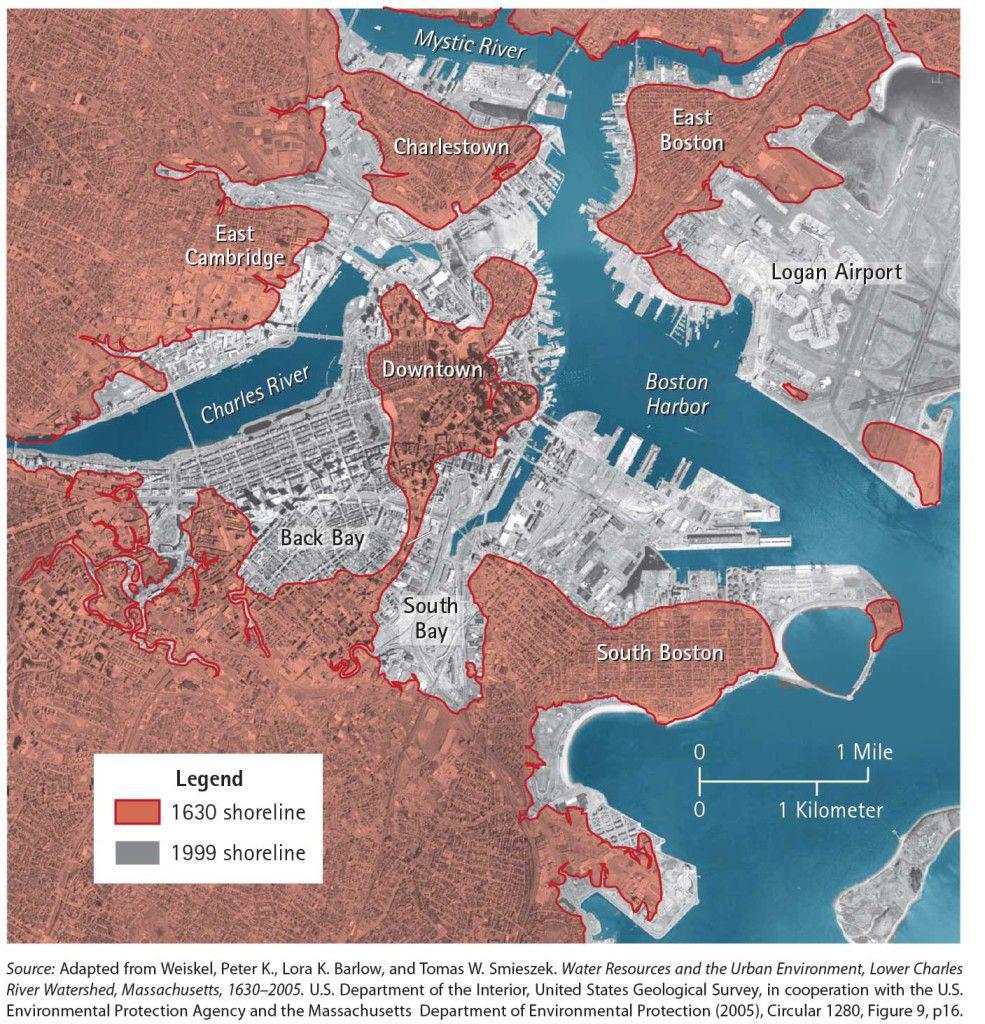
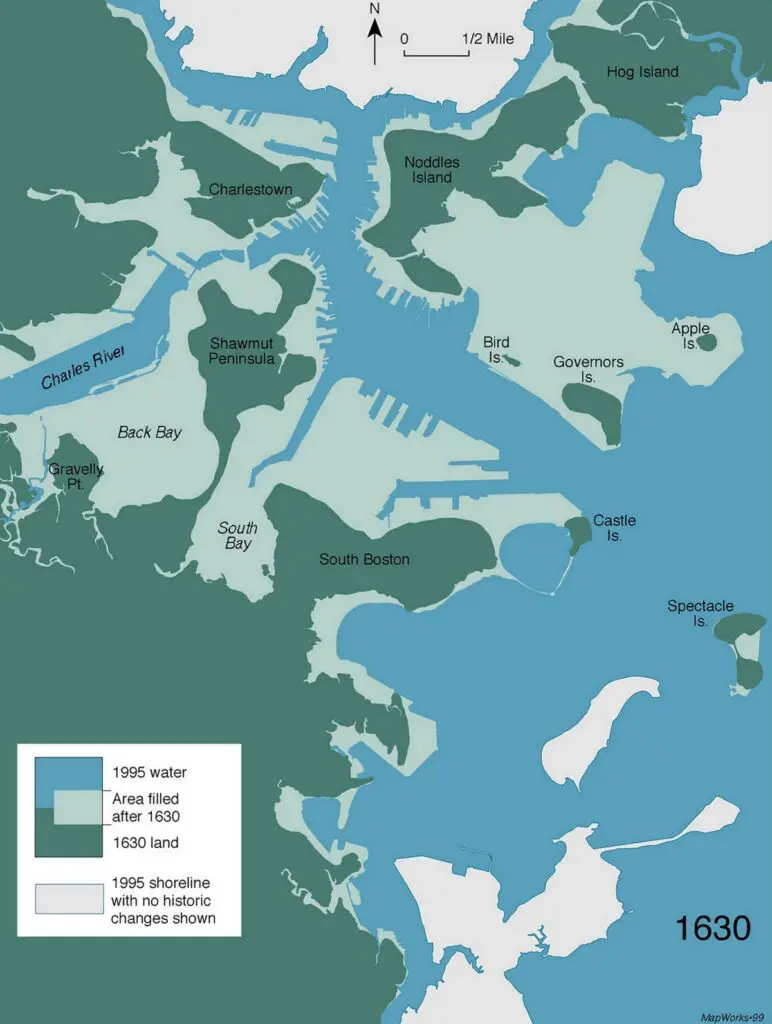
Overall, land reclamation has played a vital role in Boston’s urban development, allowing the city to accommodate its growing population and economic needs. Today, these reclaimed lands are integral parts of Boston’s urban fabric, hosting residential, commercial, and recreational spaces that contribute to the city’s vibrancy and character.
Want to learn more about Boston? Then you might like to read:




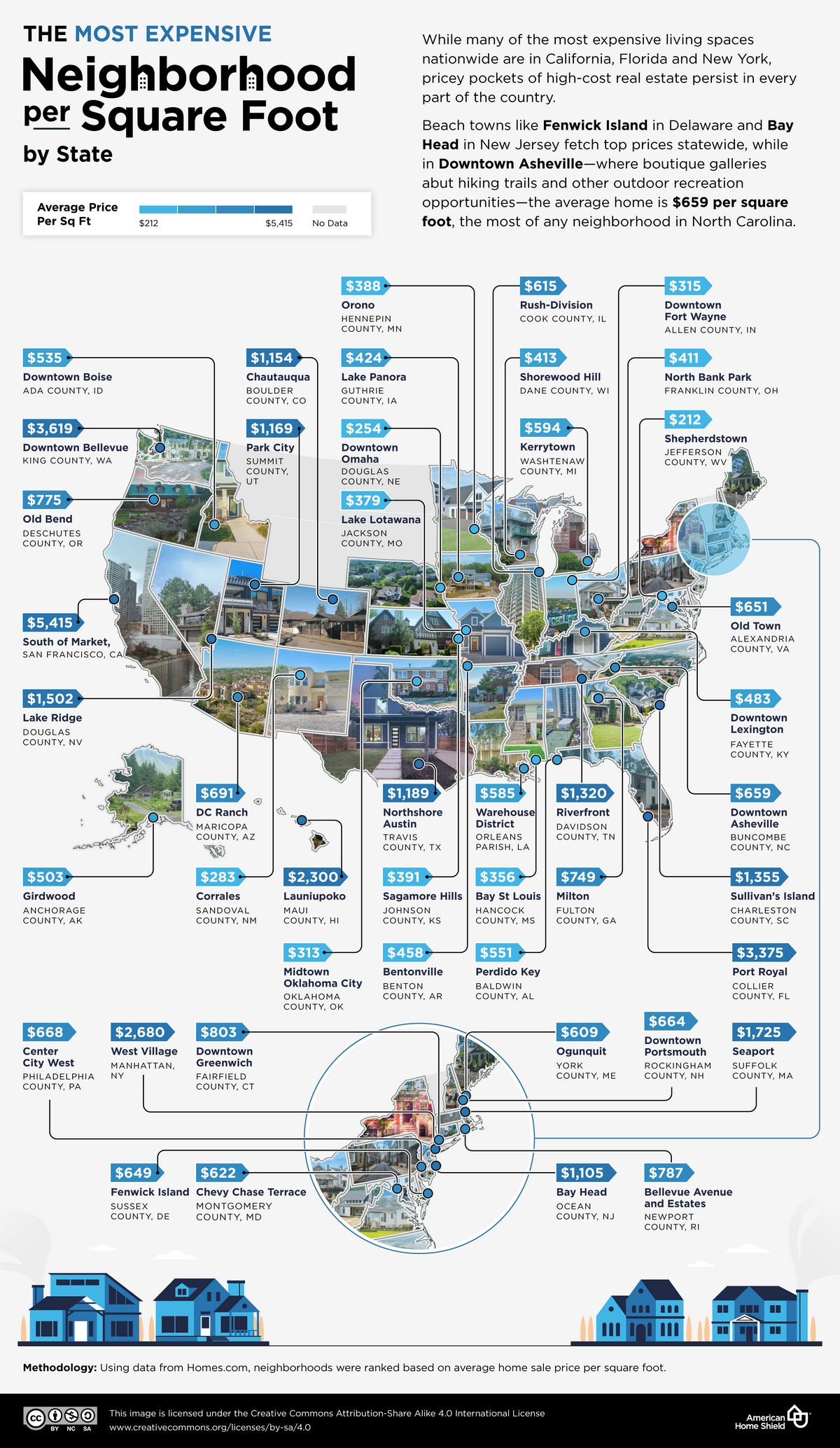
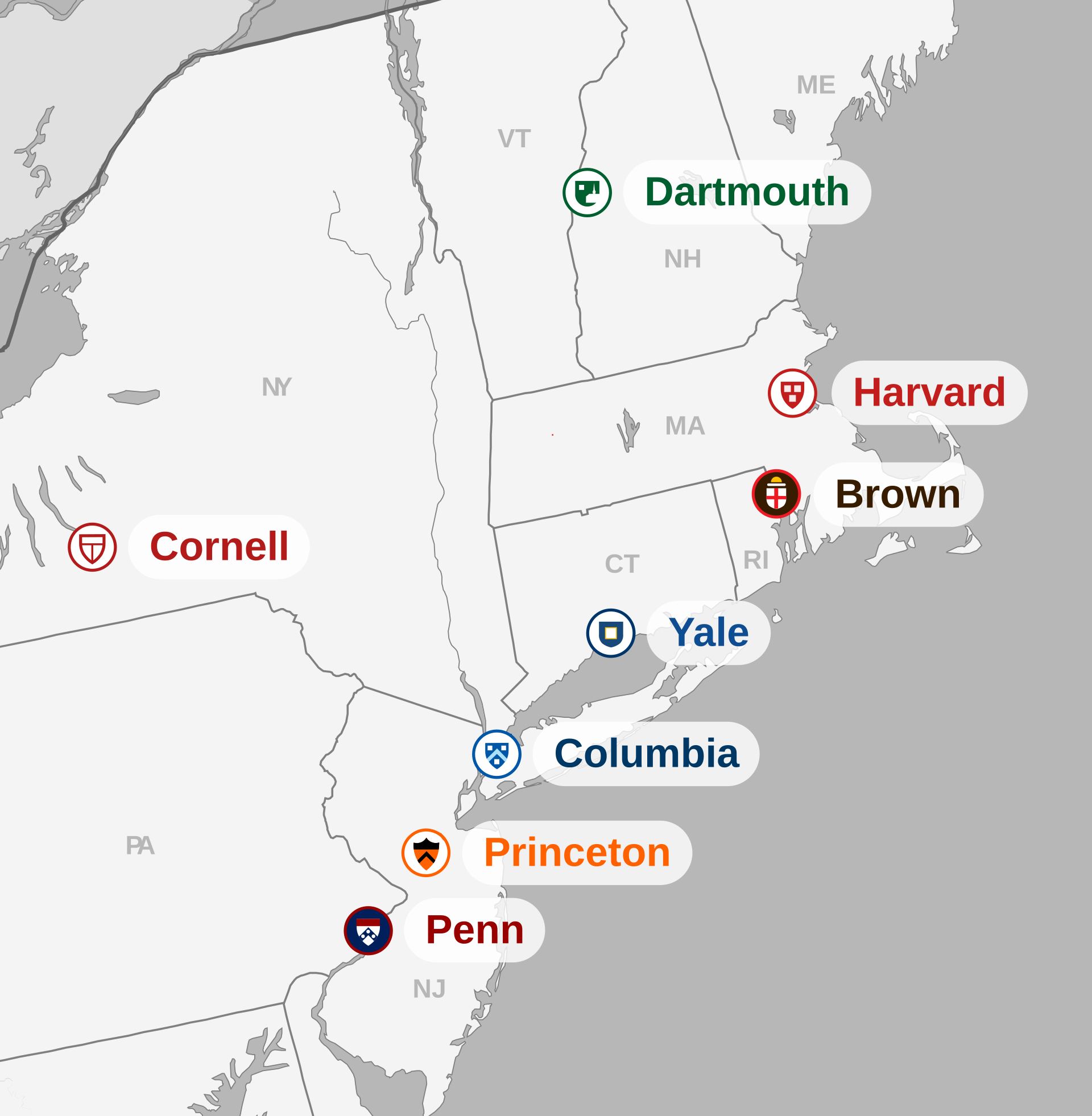

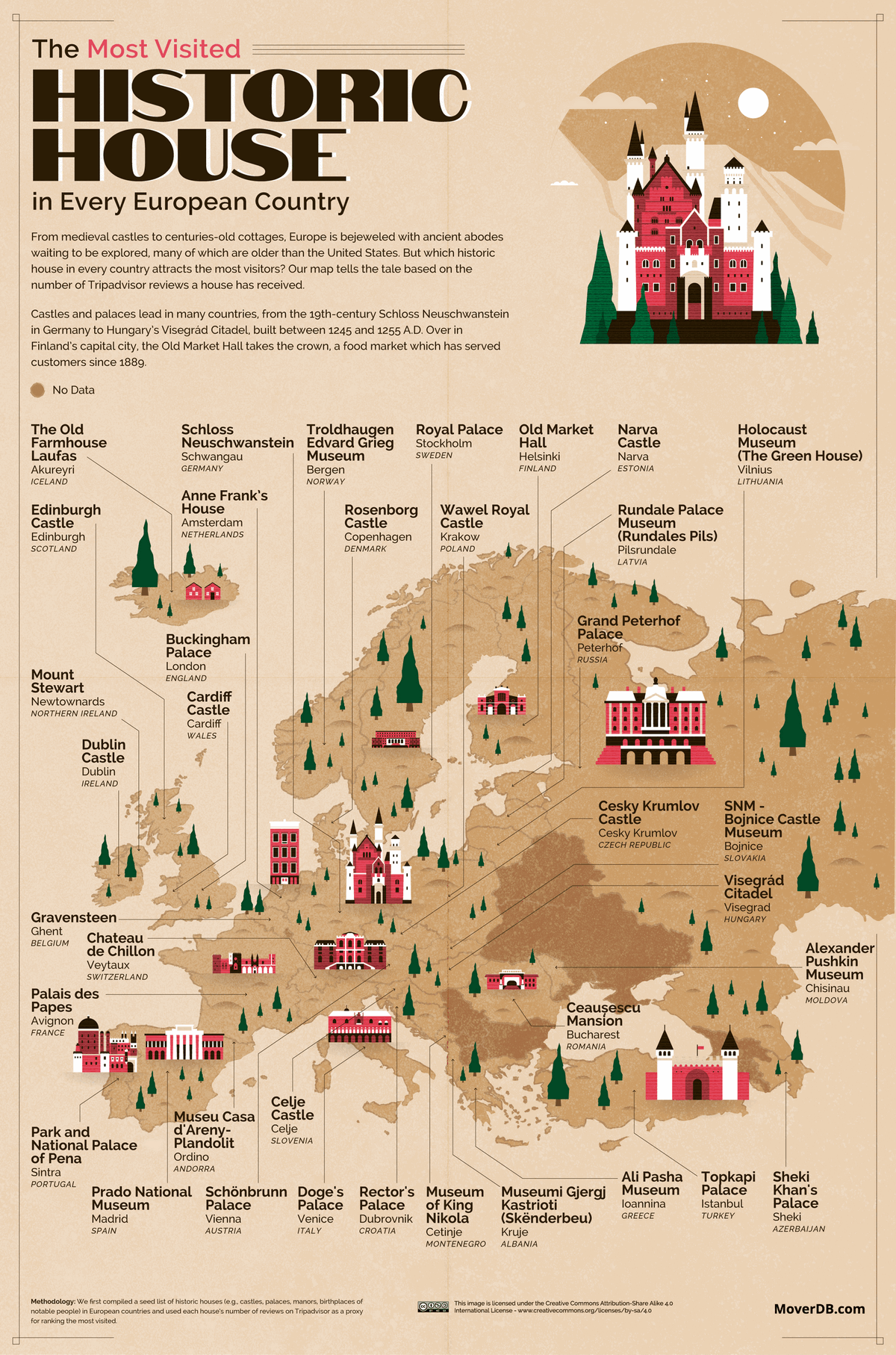

Please stop using reclamation as a term for the landmaking that occurred during these periods. Humanity did not reclaim anything as there was not lost land in these areas in the first place. Humans encroached on swamps and marshlands that provided vital ecological balance to the region. I’m not arguing it wasn’t necessary or critical to the growth of Boston, but nothing was reclaimed that was previously owned or used in the same manner.